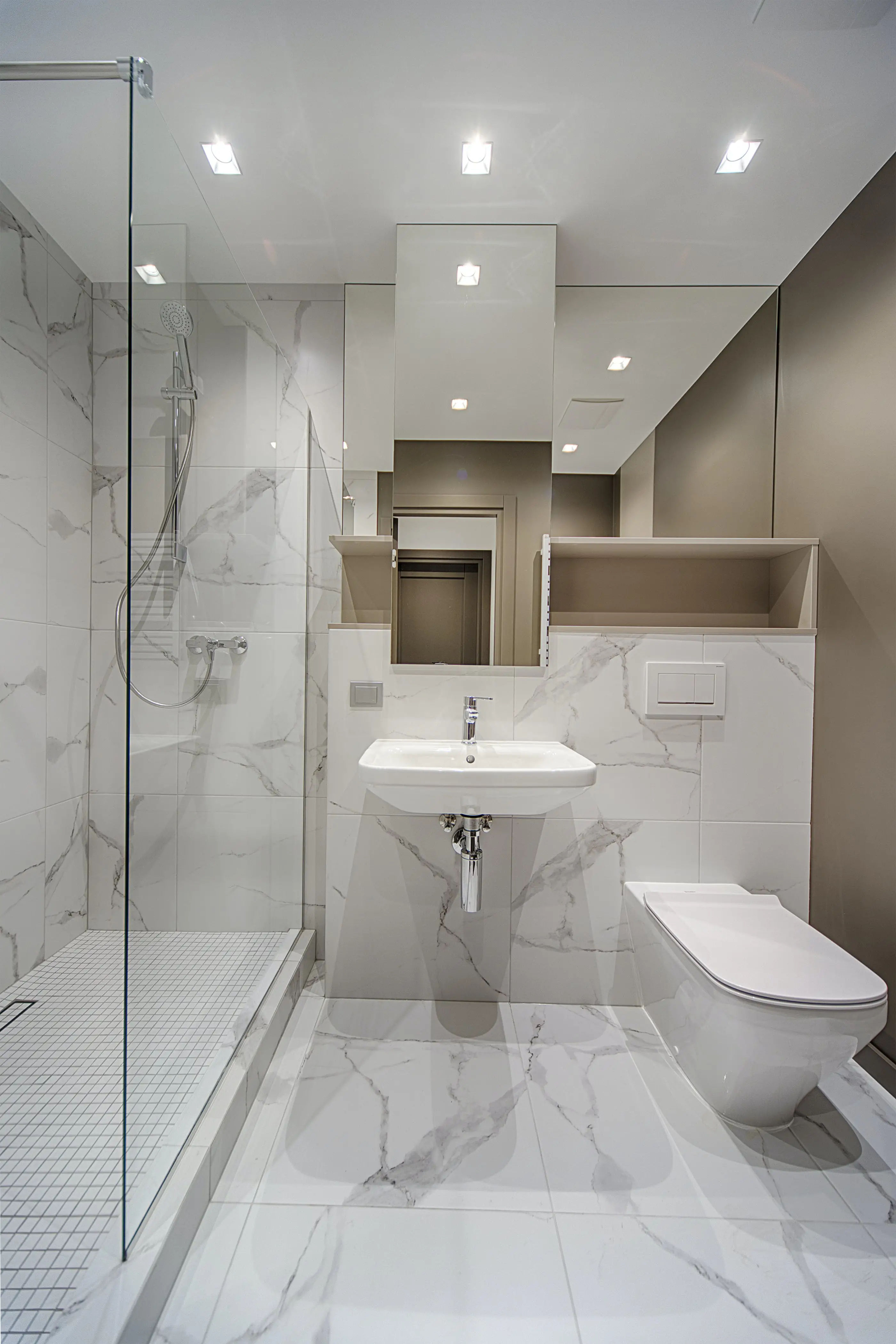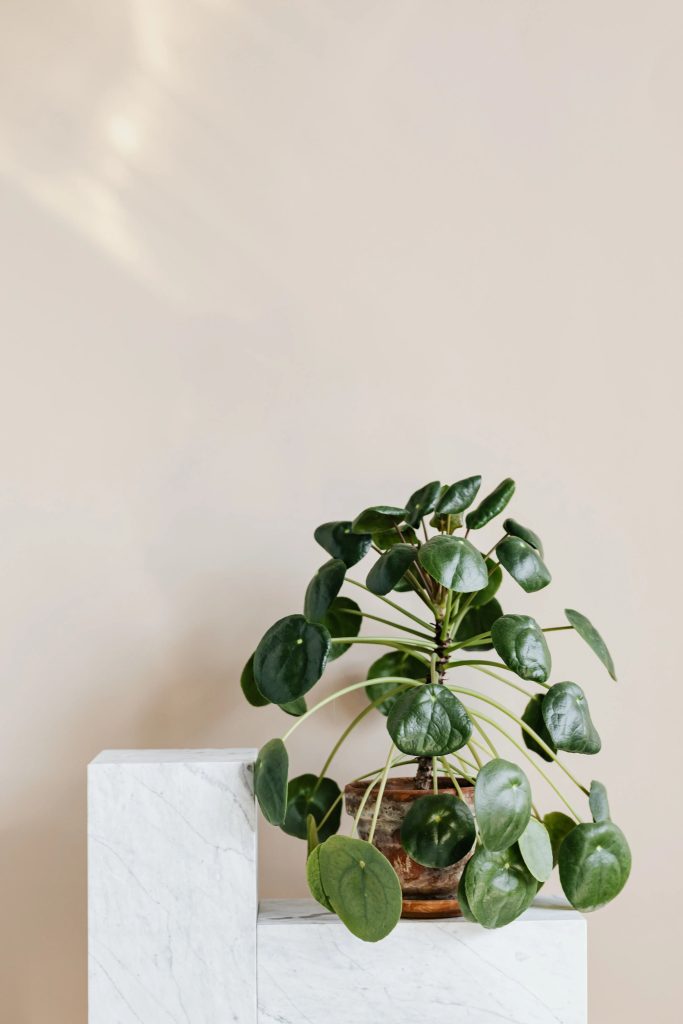Marble queen pothos care, also known as Epipremnum Aureum, is a beautiful and popular houseplant known for its stunning variegated leaves. This tropical vine is easy to care for and can thrive in a wide range of conditions, making it a favorite among both novice and experienced plant owners. In this guide, we will explore everything you need to know about caring for your Marble Queen Pothos, from light and water requirements to propagation and common issues.
Understanding Marble Queen Pothos

Before diving into the details of Marble Queen Pothos care, let’s first understand this plant a little better. Marble Queen Pothos is a member of the Araceae family and is native to Southeast Asia. It is a climbing vine that can grow up to 6 feet long, with heart-shaped leaves that are green with splashes of creamy white and silver.
Marble Queen Pothos, also known as Epipremnum aureum ‘Marble Queen’, is a popular indoor plant that belongs to the Araceae family. It is a variegated variety of the common pothos plant and is native to Southeast Asia. This stunning plant features heart-shaped leaves with creamy white and green marbled patterns, making it a visually appealing addition to any home or office space.
Understanding the characteristics and care requirements of Marble Queen Pothos is essential for its successful growth and maintenance. In this article, we will delve deeper into the various aspects of this plant, including its appearance, growth habits, and care tips.
Appearance: The most striking feature of Marble Queen Pothos is its uniquely patterned leaves. The leaves are typically 2-4 inches long and 1-2 inches wide, with a glossy texture. The coloration of the leaves varies from light green to dark green, with splashes of creamy white scattered throughout. The marbled pattern can differ from plant to plant, making each one unique in its own way.
Growth Habits: Marble Queen Pothos is a fast-growing plant, and under ideal conditions, it can reach a length of 6-10 feet. It is a trailing plant, meaning it grows horizontally rather than vertically. This makes it an excellent choice for hanging baskets or as a cascading plant on shelves or bookcases. However, if you prefer a more compact plant, regular pruning can help maintain its size and shape.
Light Requirements: One of the reasons Marble Queen Pothos is a popular houseplant is because it can thrive in a variety of lighting conditions. It can tolerate low light, but its growth may slow down, and the variegation on its leaves may fade. For optimal growth and vibrant foliage, it is best to place the plant in bright, indirect light. Direct sunlight can scorch the leaves, so it is essential to protect it from harsh rays.
Watering: Like most houseplants, Marble Queen Pothos prefers well-draining soil and regular watering. However, it is crucial not to overwater this plant as it can lead to root rot. The frequency of watering will depend on various factors such as the size of the pot, humidity levels, and the amount of light the plant receives. A good rule of thumb is to water the plant when the top inch of soil feels dry to the touch.
Temperature and Humidity: Marble Queen Pothos thrives in average room temperatures ranging from 65-85°F (18-29°C). It is a tropical plant, so it appreciates high humidity levels. If the air in your home is dry, you can increase humidity by placing the plant on a tray filled with pebbles and water or using a humidifier.
Fertilization: To keep your Marble Queen Pothos healthy and promote growth, it is recommended to fertilize it once a month during the growing season (spring and summer). You can use a balanced liquid fertilizer diluted to half strength. Avoid fertilizing during the winter months when the plant is dormant.
Propagation: Marble Queen Pothos is an easy plant to propagate, making it an excellent choice for beginner gardeners. You can propagate it through stem cuttings, which can be rooted in water or directly in soil. Make sure to include at least two nodes on the cutting and remove any leaves from the bottom node before planting.
Pests and Diseases: Marble Queen Pothos is relatively pest-resistant, but it can occasionally attract mealybugs, spider mites, and scale insects. Regularly inspecting the plant and treating any infestations promptly can prevent them from spreading. Overwatering can also make the plant susceptible to root rot, so it is essential to maintain proper watering practices.
In conclusion, Marble Queen Pothos is a stunning and low-maintenance plant that can add a touch of greenery to any indoor space. Its unique foliage and easy care requirements make it a popular choice among houseplant enthusiasts. By understanding its characteristics and providing the right growing conditions, you can enjoy this beautiful plant for years to come.
Light Requirements
Marble Queen Pothos prefers bright, indirect light, but can also tolerate low light conditions. Avoid placing it in direct sunlight, as this can scorch the leaves and cause them to lose their variegation. If your plant is not getting enough light, it may start to produce solid green leaves, which is a sign that it needs more light.
To ensure your Marble Queen Pothos gets enough light, place it near a north or east-facing window where it can receive bright, indirect light. If you have a south or west-facing window, consider using a sheer curtain to filter the light.
Watering Needs
One of the reasons Marble Queen Pothos is such a popular houseplant is because it is relatively forgiving when it comes to watering. It prefers to be kept consistently moist, but can also tolerate periods of dryness. Overwatering can lead to root rot, while under-watering can cause the leaves to wilt and turn yellow.
To water your Marble Queen Pothos, check the top inch of soil. If it feels dry, water the plant until water drains out of the bottom of the pot. If the soil is still moist, wait a few more days before watering again. It’s also a good idea to use a pot with drainage holes to prevent water from sitting at the bottom of the pot.
Fertilization
Marble Queen Pothos is not a heavy feeder, but it can benefit from occasional fertilization. During the spring and summer months, you can fertilize your plant once a month using a balanced fertilizer. Dilute the fertilizer to half the recommended strength to avoid burning the plant’s roots.
Propagation
Propagating Marble Queen Pothos is relatively easy and can be done in two ways – through stem cuttings or root division.
Stem Cuttings
To propagate Marble Queen Pothos through stem cuttings, follow these steps:
- Select a healthy vine that has at least one leaf node.
- Using a clean pair of scissors, cut the vine just below the node (where leaves grow out).
- Place the cutting in a jar of water, making sure the node is submerged.
- After a few weeks, you should see roots starting to form.
- Once the roots are at least 2 inches long, you can transfer the cutting to a pot with well-draining soil.
Root Division
To propagate Marble Queen Pothos through root division, follow these steps:
- Remove your plant from its pot and gently shake off excess soil.
- Look for sections of the plant where there are multiple stems growing from one root system.
- Carefully separate these sections, making sure each section has its own set of roots.
- Repot the divided sections into their own pots with fresh potting mix.
Common Issues and How to Deal With Them
While Marble Queen Pothos is typically an easy plant to care for, it can still face some issues. Here are the most common problems and how to deal with them:
Yellowing Leaves
If your Marble Queen Pothos leaves are turning yellow, it could be due to overwatering, underwatering, or lack of nutrients. To determine the cause, check the soil moisture and adjust your watering schedule accordingly. If the issue persists, try fertilizing your plant.
Brown Leaf Tips
Brown leaf tips are often caused by dry air or lack of humidity. To remedy this, you can increase the humidity around your plant by misting its leaves or using a humidifier. You can also place a tray of water near the plant to create a more humid environment.
Pests
Common pests that can affect Marble Queen Pothos include mealybugs, spider mites, and scale insects. These pests can be treated by spraying the plant with a mixture of water and mild soap. You can also use neem oil or insecticidal soap to get rid of them.
FAQ

What is the best potting mix for Marble Queen Pothos?
Marble Queen Pothos prefers a well-draining potting mix that is rich in organic matter. A mix of peat moss, perlite, and compost is ideal.
Do I need to repot my Marble Queen Pothos every year?
No, Marble Queen Pothos does not need to be repotted every year. It can thrive in the same pot for several years as long as it is not root-bound.
Can I grow Marble Queen Pothos in water?
Yes, Marble Queen Pothos can be grown in water, but it is not recommended as a long-term solution. The plant will eventually outgrow the water and will need to be transferred to soil.
How often should I prune my Marble Queen Pothos?
You can prune your Marble Queen Pothos as needed to control its size and shape. It is best to prune in the spring when the plant is actively growing.
Is Marble Queen Pothos toxic to pets?
Yes, Marble Queen Pothos is toxic to pets. Keep it out of reach of cats and dogs who may be tempted to chew on its leaves.
Conclusion

Marble Queen Pothos is a beautiful and easy-to-care-for houseplant that can bring a touch of greenery into any space. By following these care tips and addressing any issues that may arise, you can ensure your Marble Queen Pothos stays healthy and vibrant for years to come. With its stunning variegated leaves and low-maintenance nature, it’s no wonder this plant has become an all-time favorite among plant lovers.

